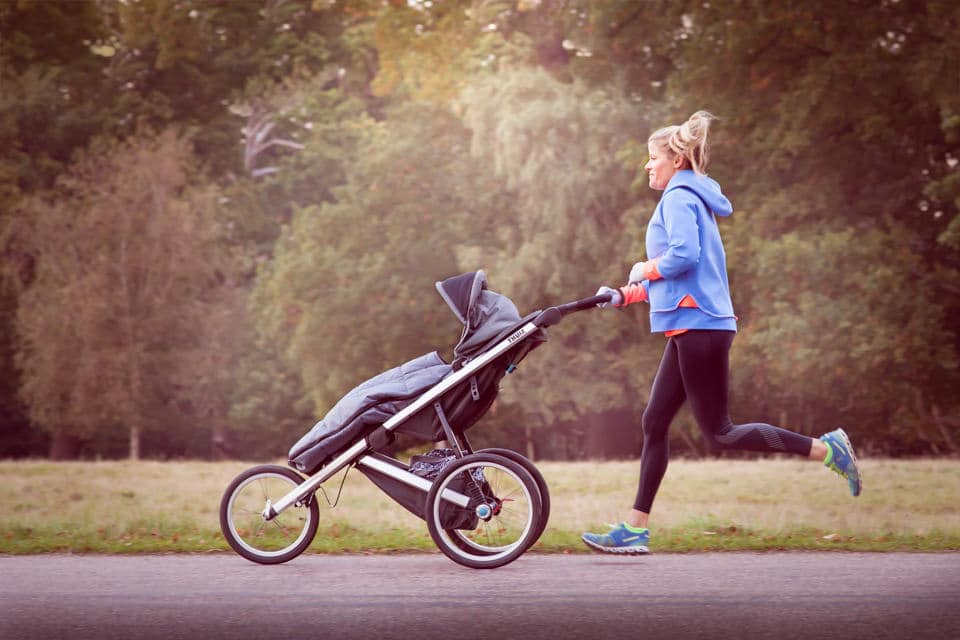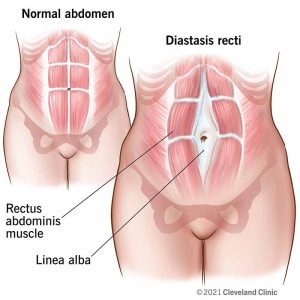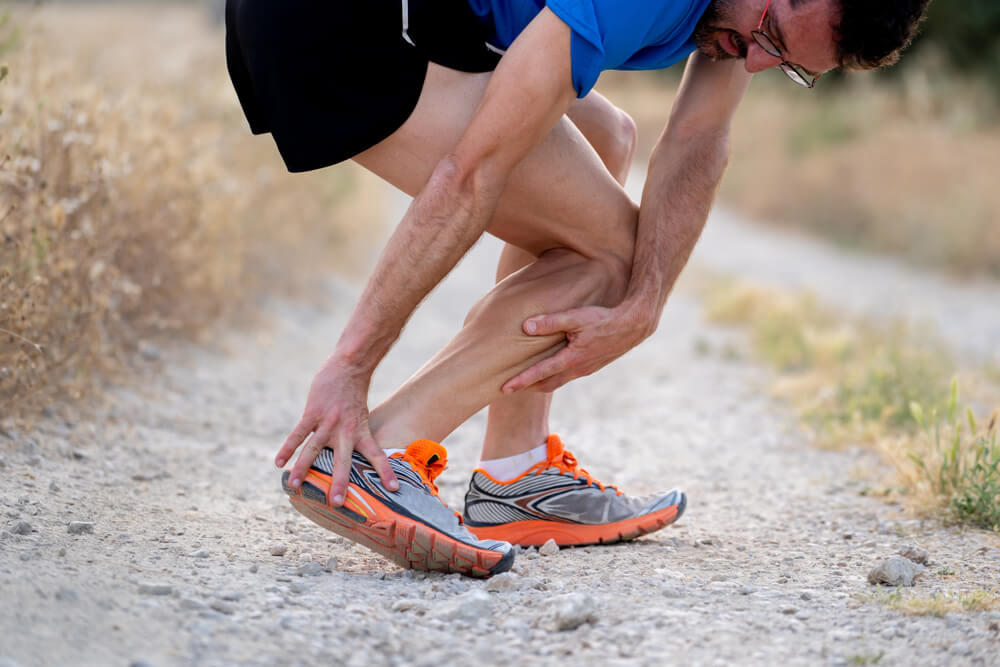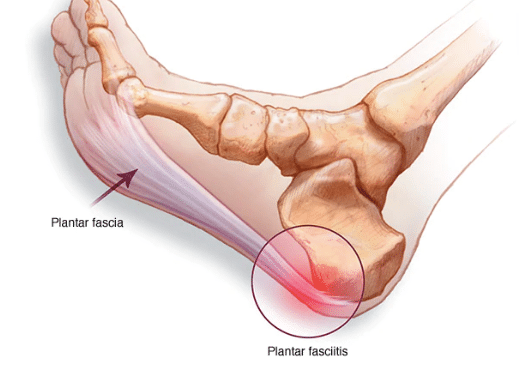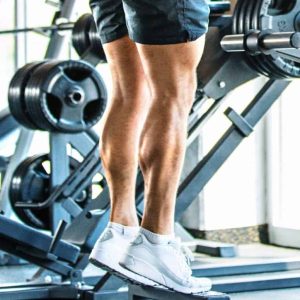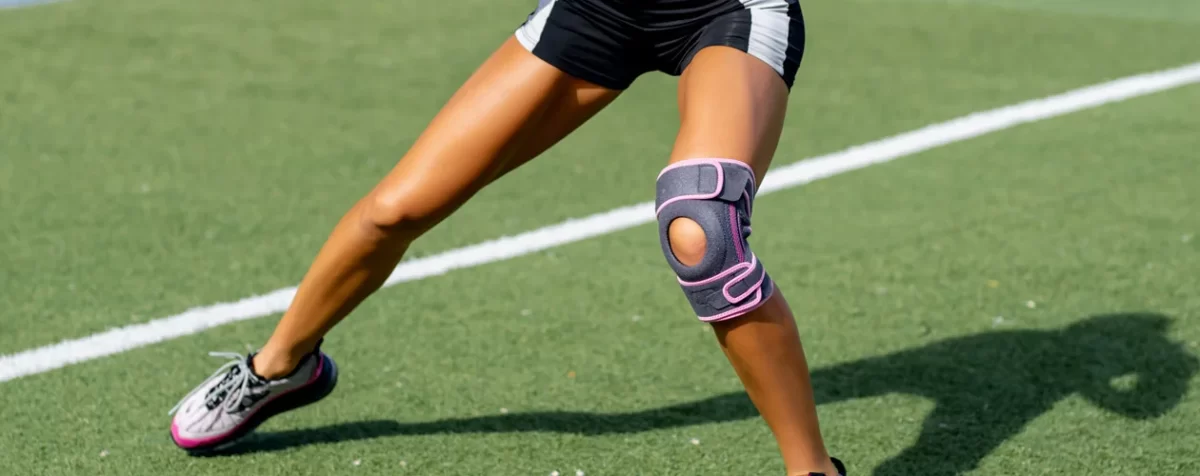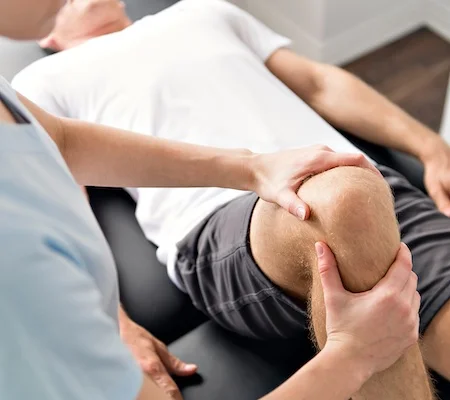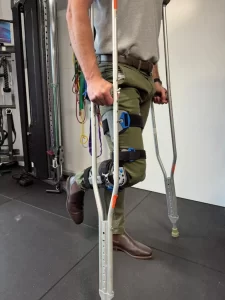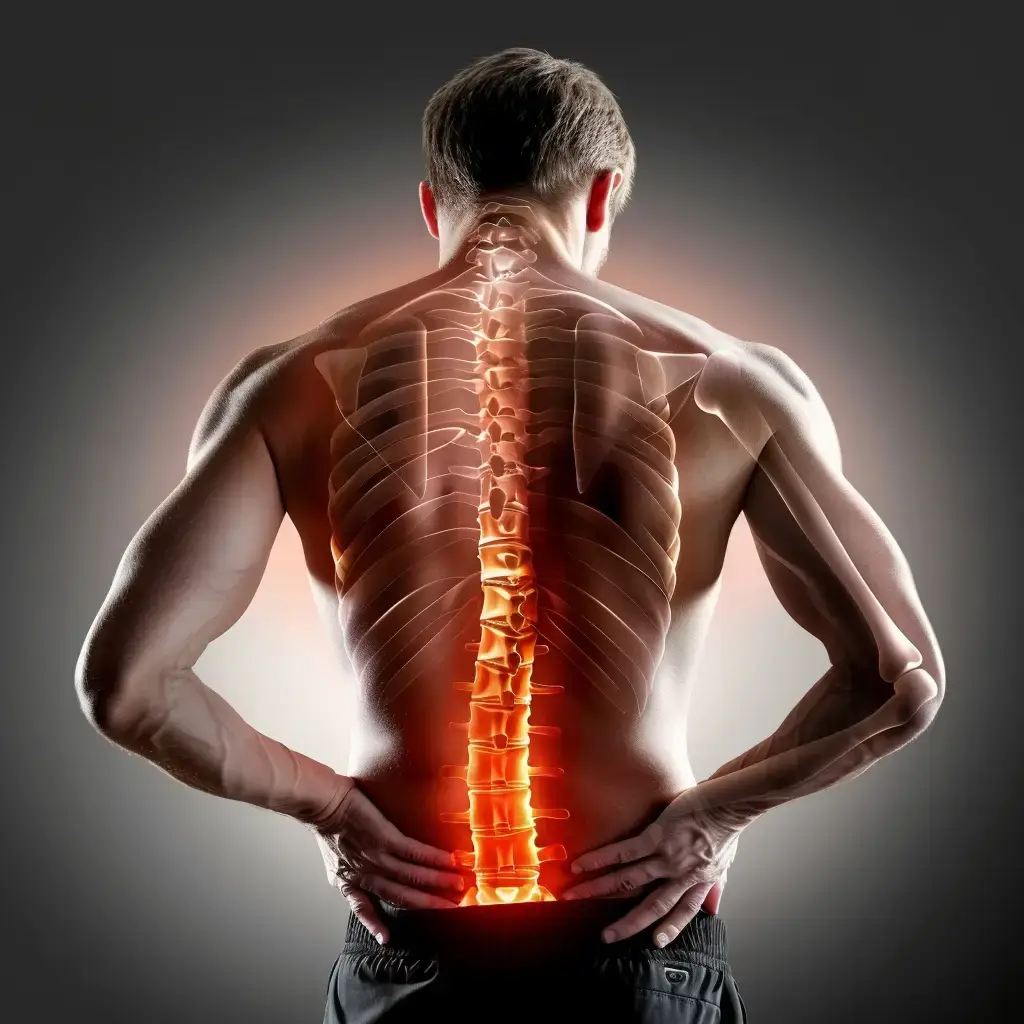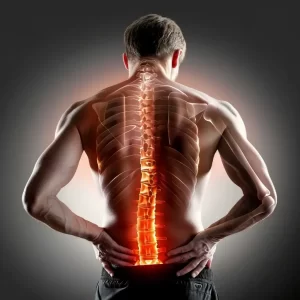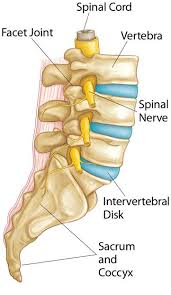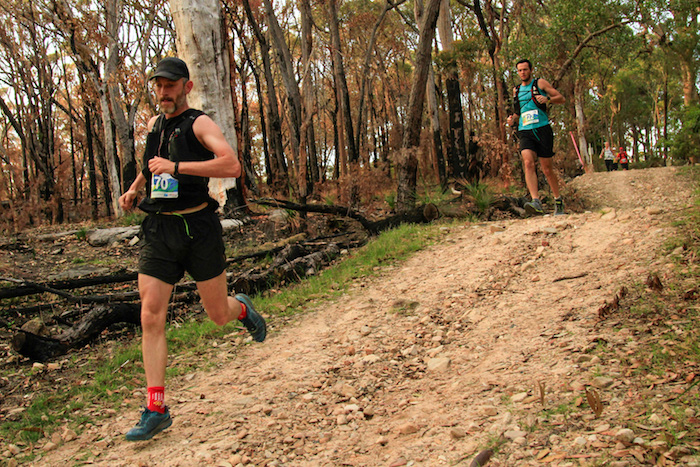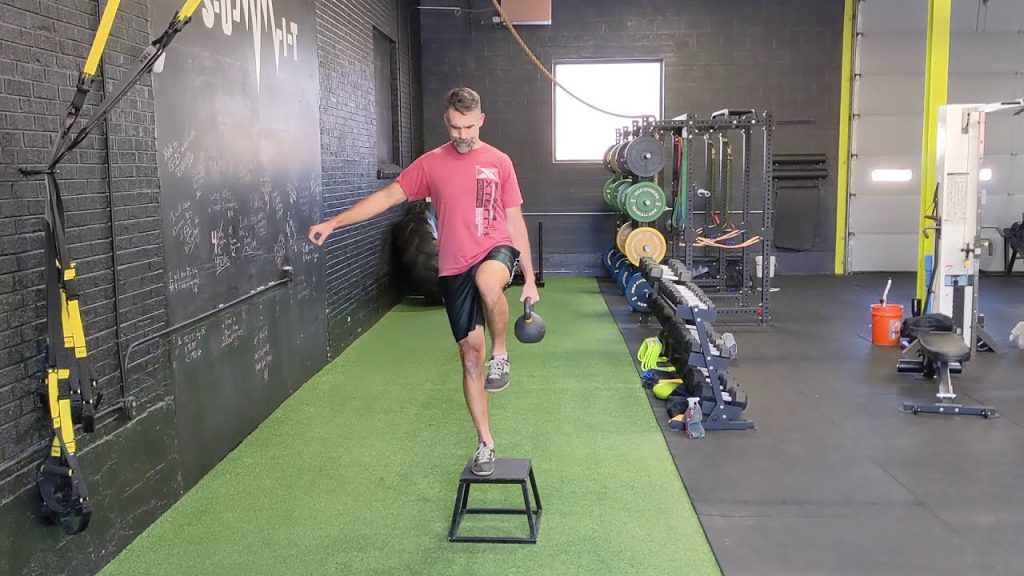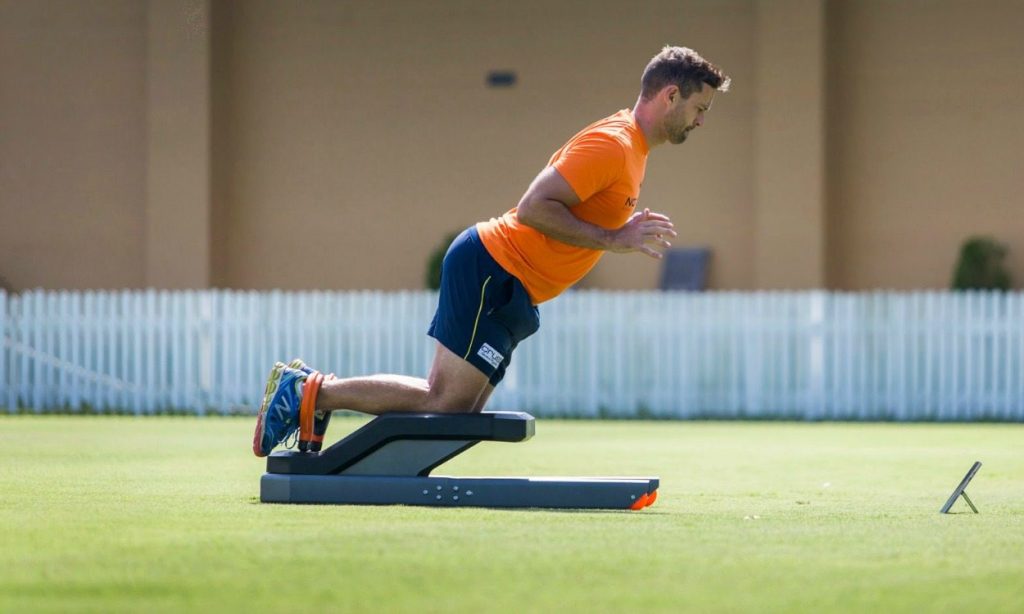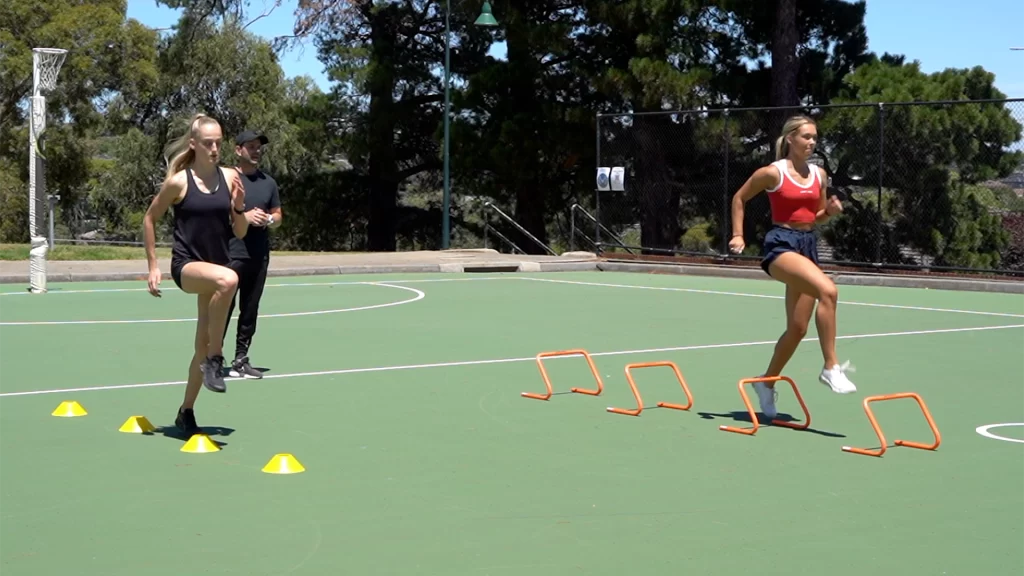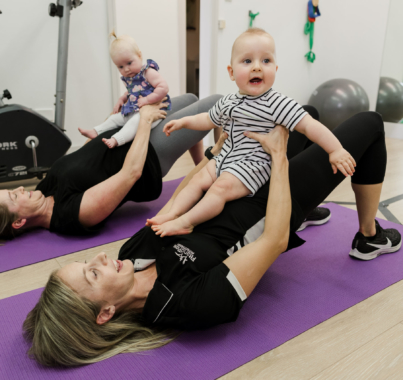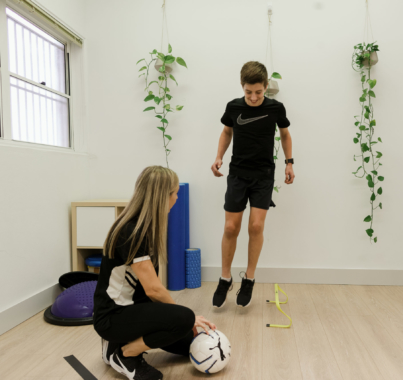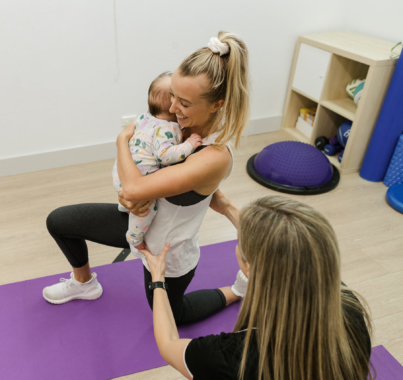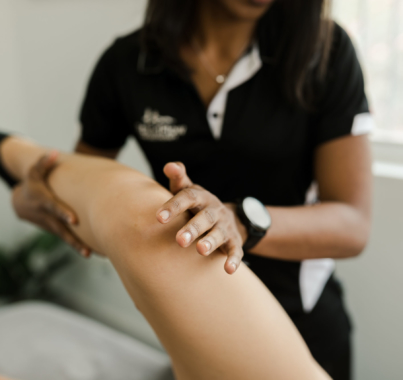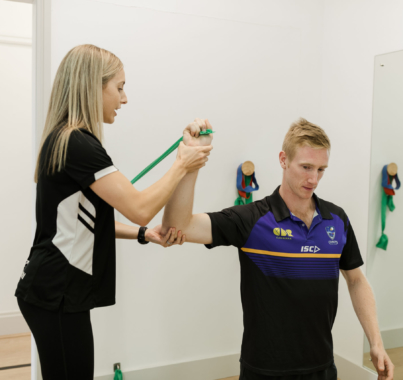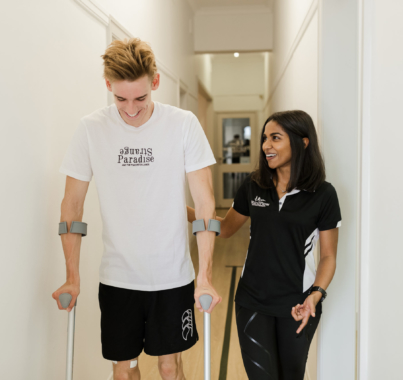Tendinopathy is the clinical term for ‘tendon overload’. Tendons can be overloaded via various mechanisms but most commonly we see tendinopathies as result of a sudden increase in load that exceeds the tendons capacity and results in tendon pain.
Tendons are tricky to manage as they are very responsive to load – either too much or not enough can cause and increase in pain. Exercising into pain can result in an overloaded and painful tendon, and not exercising into pain or discomfort may result in an underloaded and weak tendon. This is what makes tendons so difficult to manage, and why seeing a Physio can help to determine at what stage of tendinopathy you’re at, where to start with loading and how long to wait before returning to activity.
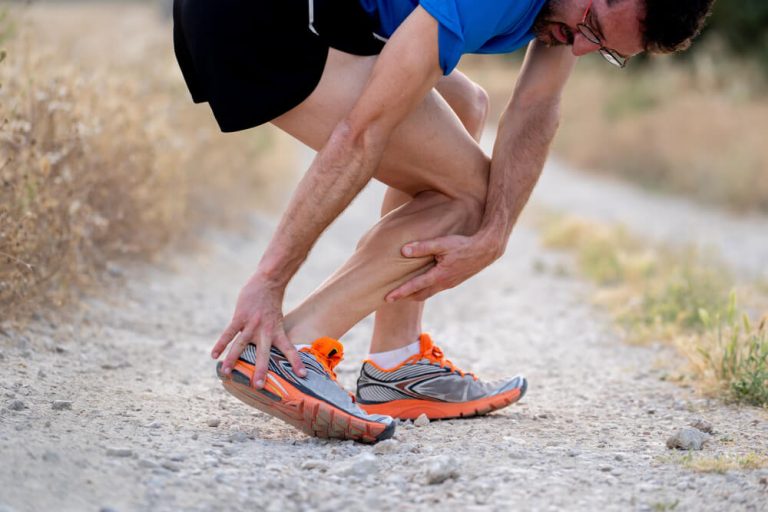
The following are 5 common mistakes we see people make when trying to self manage their tendon pain.
1. Rest
- Resting the tendon from the aggravating activity will improve your symptoms in the short term, however rest does not improve the tendon’s capacity to tolerate load. Therefore when you return to that activity, the tendon will have even less tolerance to load and your pain will come back straight away, if not worse than before.
Tendons respond to load. Too much load and the tendon will hurt, not enough load and the tendon will weaken. If you rest for too long from tendon pain, you will have a harder time trying to return to activity.
2. Stretching
- Aggravated tendons do not like to be compressed or squashed. Stretching aggravated tendons can place tensile compression on the tendon and expose it to the potential of increased pain. Although it may feel like you need to stretch, often it is better to focus on mobility of the associated muscle through massage, foam rolling or trigger ball.
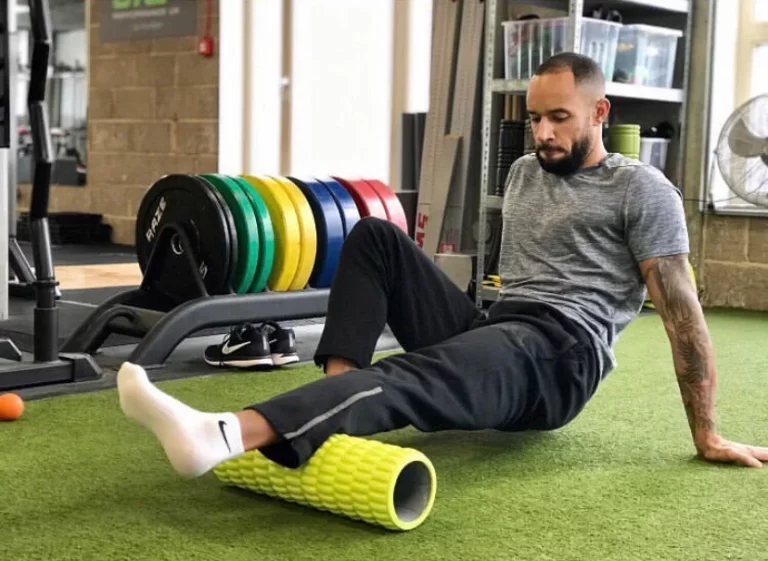
3. Massage
Following on from above, angry tendons also don’t respond well to compressive forces – which are direct pressure on the tendon.
Massaging, rolling or triggering your tendon will only cause more pain and delay your recovery. All tendons are attached to a muscle eg. the achilles tendon attaches the soleus to the heel bone, and the patella tendon attaches the quads to your tibia. If mobility is an issue then massaging your quads and soleus while avoiding the tendons may assist with pain management and recovery.
4. Not Enough Load
We spoke about rest not doing anything to help the tendon’s load capacity. The same goes with underloading the tendon. The idea with tendon rehab is to produce a tendon that is much stronger than it needs to be to complete daily activities or your sport of choice.
In the early stages of rehab we try to load the tendon enough to facilitate a strengthening stimulus, but not enough to overload and aggravate the tendon. We aim to load the tendon into a little bit of pain (a 3-4/10) and make sure there is no increase in pain for the 24-48 hours to follow.
When pain has decreased and the tendon is tolerating higher loads, you need to be putting it under even heavier loads.
Exercises need to be performed at over 80% intensity to be effective. As an example, for an achilles tendinopathy, you would aim to complete single leg calf raises for 8-10 repetitions at 8/10 intensity – meaning you would finish the set with 2 reps left in the tank.
When running, the achilles tendon absorbs up to 12 times your body weight at each step. If you think about how much load that is in kilograms, it’s clear that low or body weight exercises are not enough to produce a tendon that can tolerate thousands of repetitions of that load.
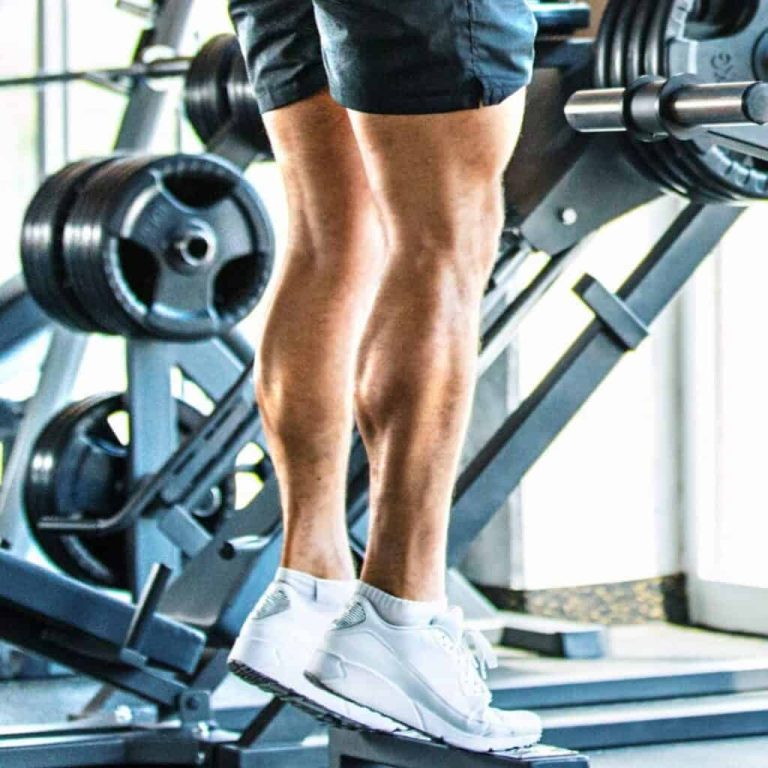
5. Returning To Sport Too Early
So if you’ve been able to reduce pain with the right amount of rest, and progressively overload the tendon by performing exercises at 80% or your maximum effort, the next step is to load the tendon specific to the type of activity you want to return to.
Tendons act like springs, they absorb and store force, then release it with movement helping to reduce the stress going through the muscles and the bones. Therefore we need to train them in this way to be able to tolerate the high demands of sport.
A plyometric tendon loading program should be completed alongside a strength program to help the tendon adapt to high impact forces. This involves a number hopping, jumping and running drills along with a gradual return to running and change of direction.
Once this has been completed, a gradual return to sport to allow the tendon to adjust to the volume (time and intensity) of sport needs to be considered.
Timeframes for tendon rehab will vary greatly depending on the nature of the overload. Acutely overloaded tendons that have been addressed early may only set you back 4-6 weeks. However more often than not, tendinopathies will be an acute flare up on a chronically overloaded tendon. Meaning that you’ve probably been feeling pain for some time, but not to the point that it has stopped you from playing or participating. In these cases tendons take longer to heal, and the above protocol can take from 3 – 6 months to complete.

There are other techniques Physio’s can use to help manage tendon pain such as isometric exercises to help reduce pain before activity, strapping techniques to help reduce tendon loads, or ways to modify daily tasks to reduce forces going through the aggravated tendon. Most importantly, we aim to keep you as active as possible while recovering from tendinopathy, therefore we will try to find ways you can still train or participate without making your injury worse.
Tendons are difficult to manage as they need just the right amount of load for recovery. Getting a detailed and specific program will help with a quicker recovery and return to sport and reduce the risk of your tendon pain becoming a long term issue.
If you feel you may be suffering from a tendinopathy, come and see us. We may be able to save you weeks of pain and get you back sooner.






